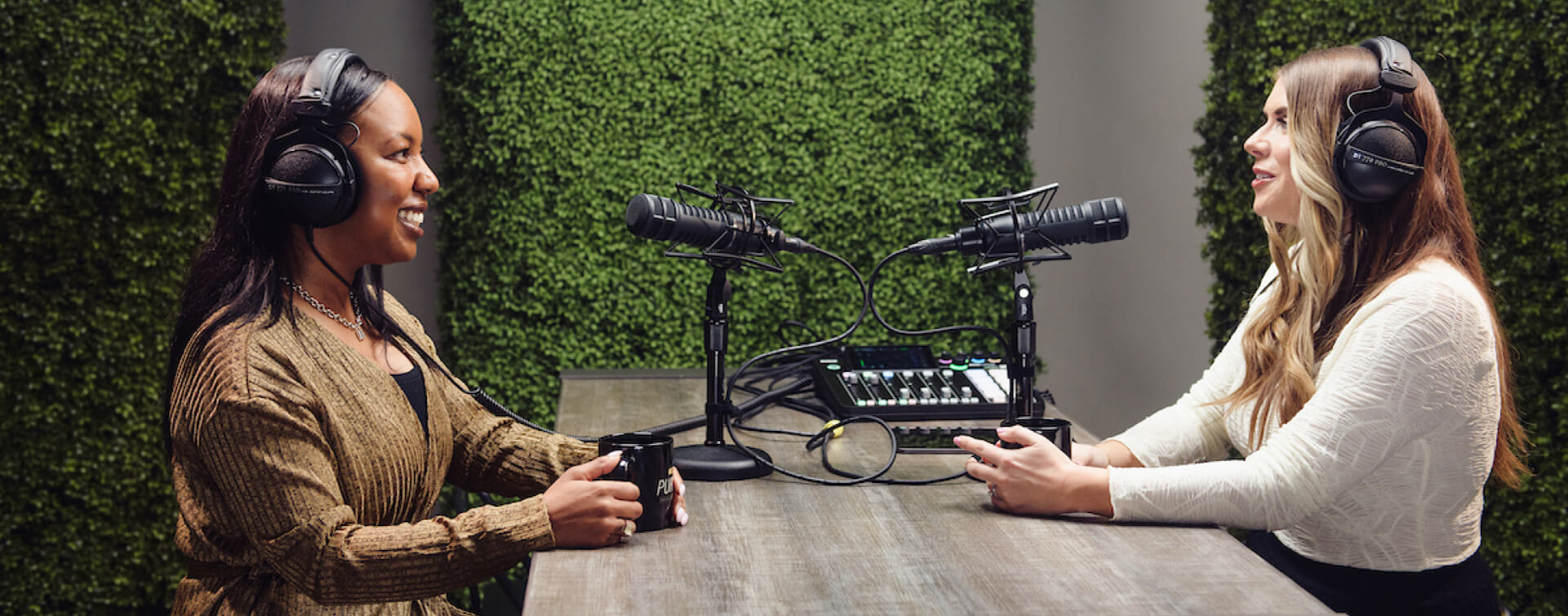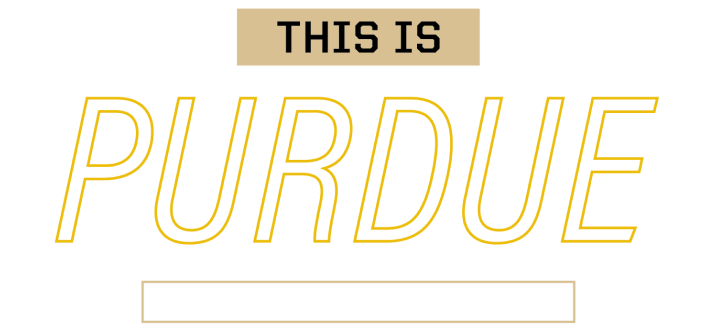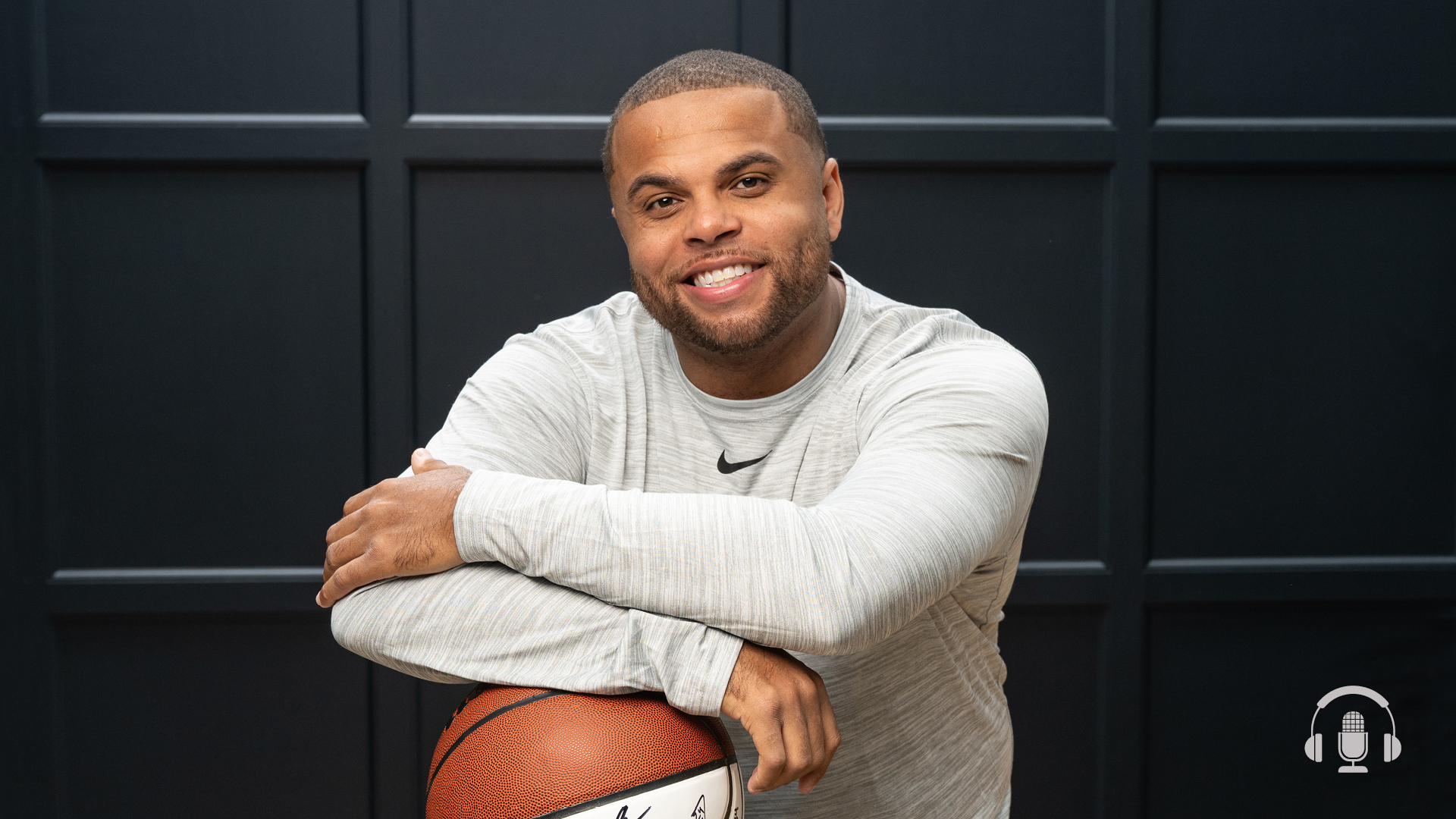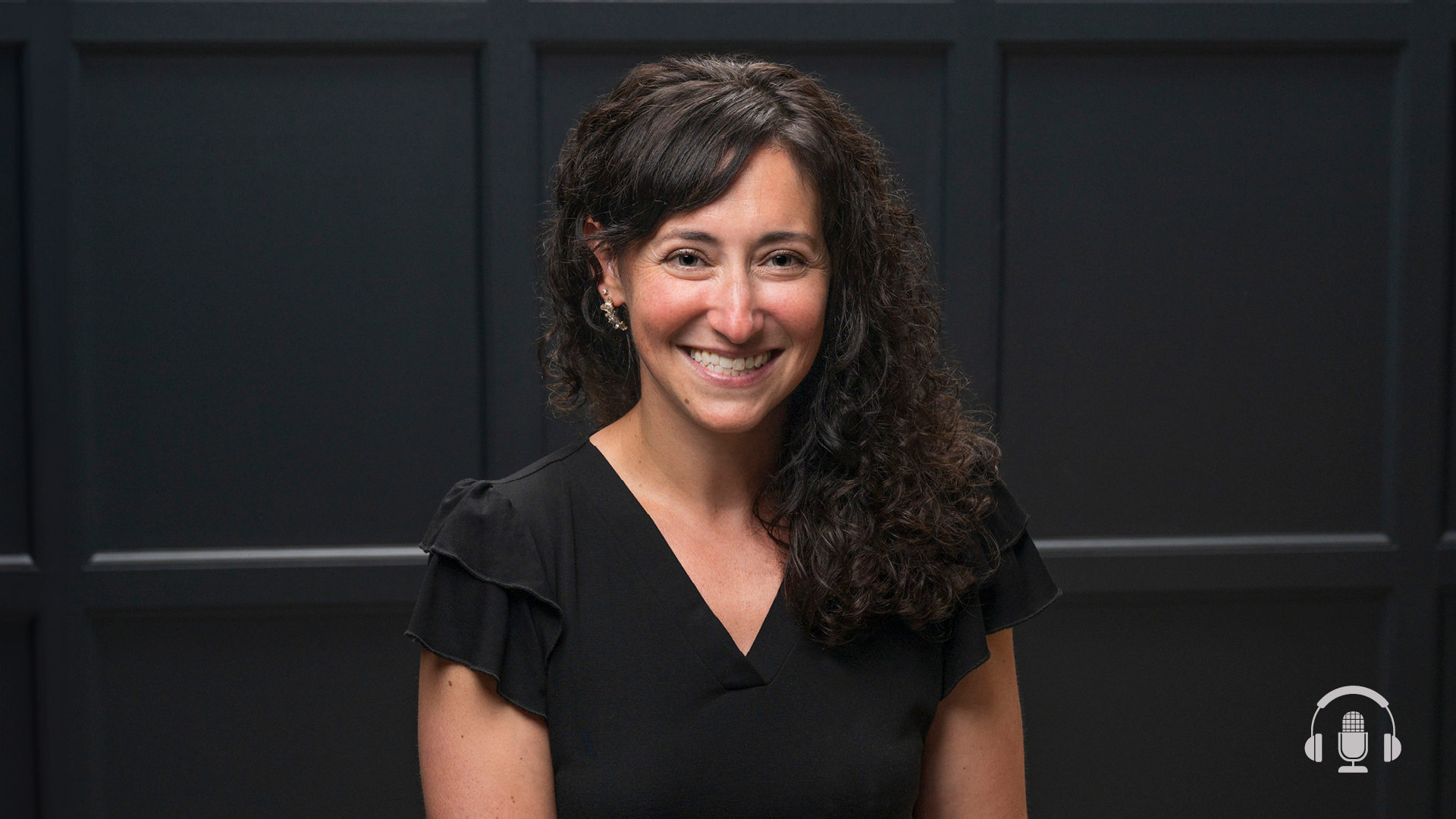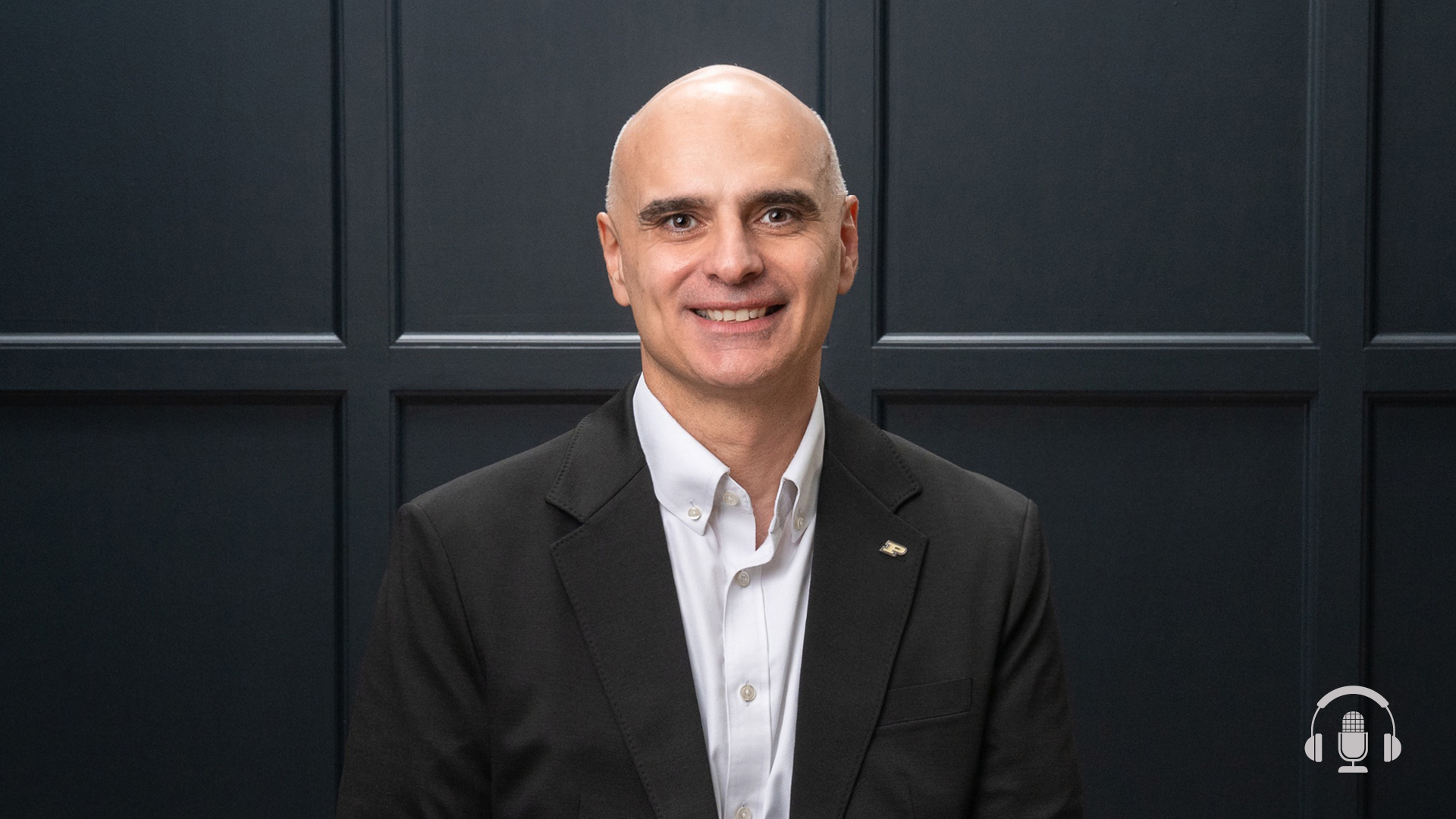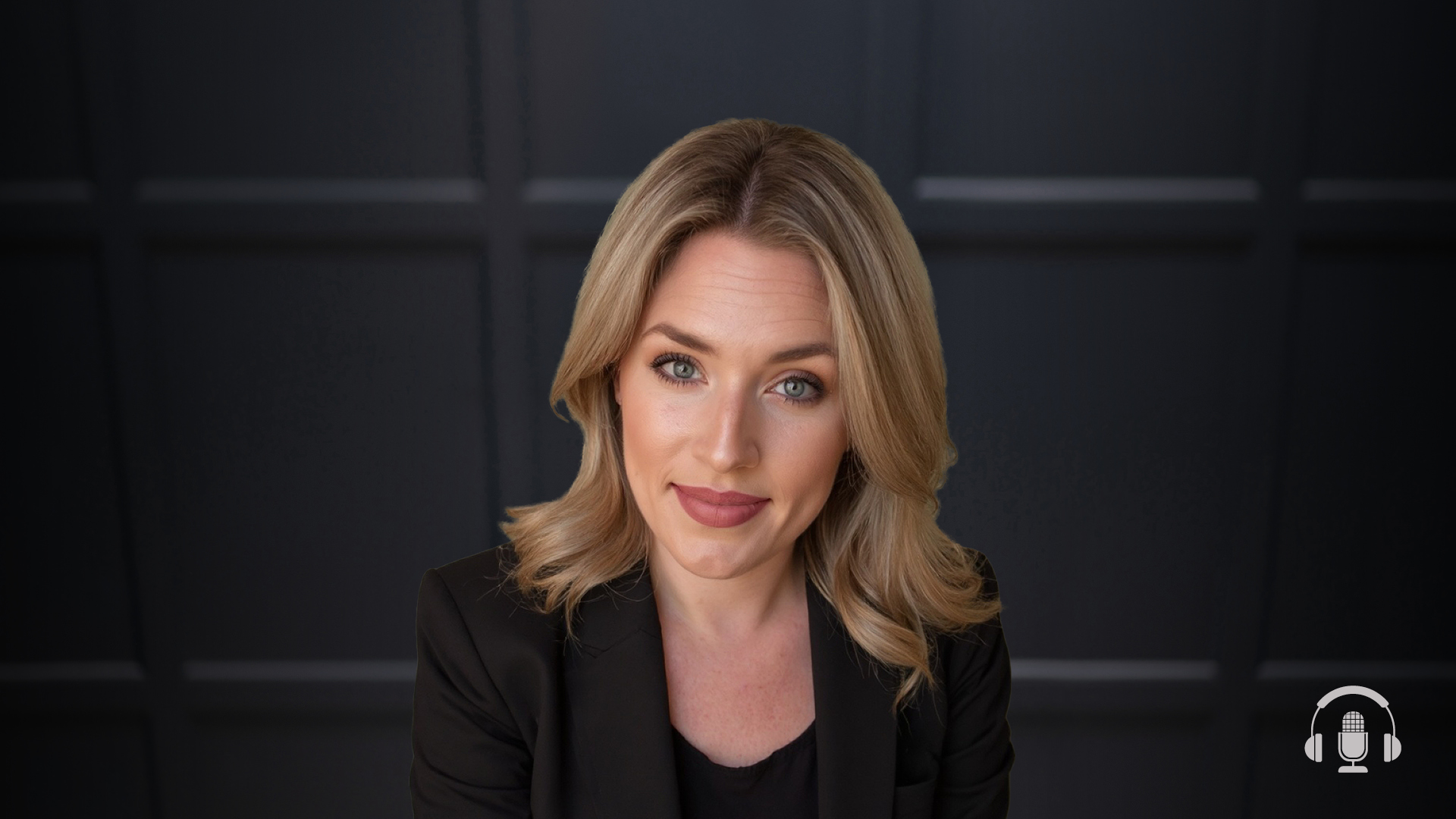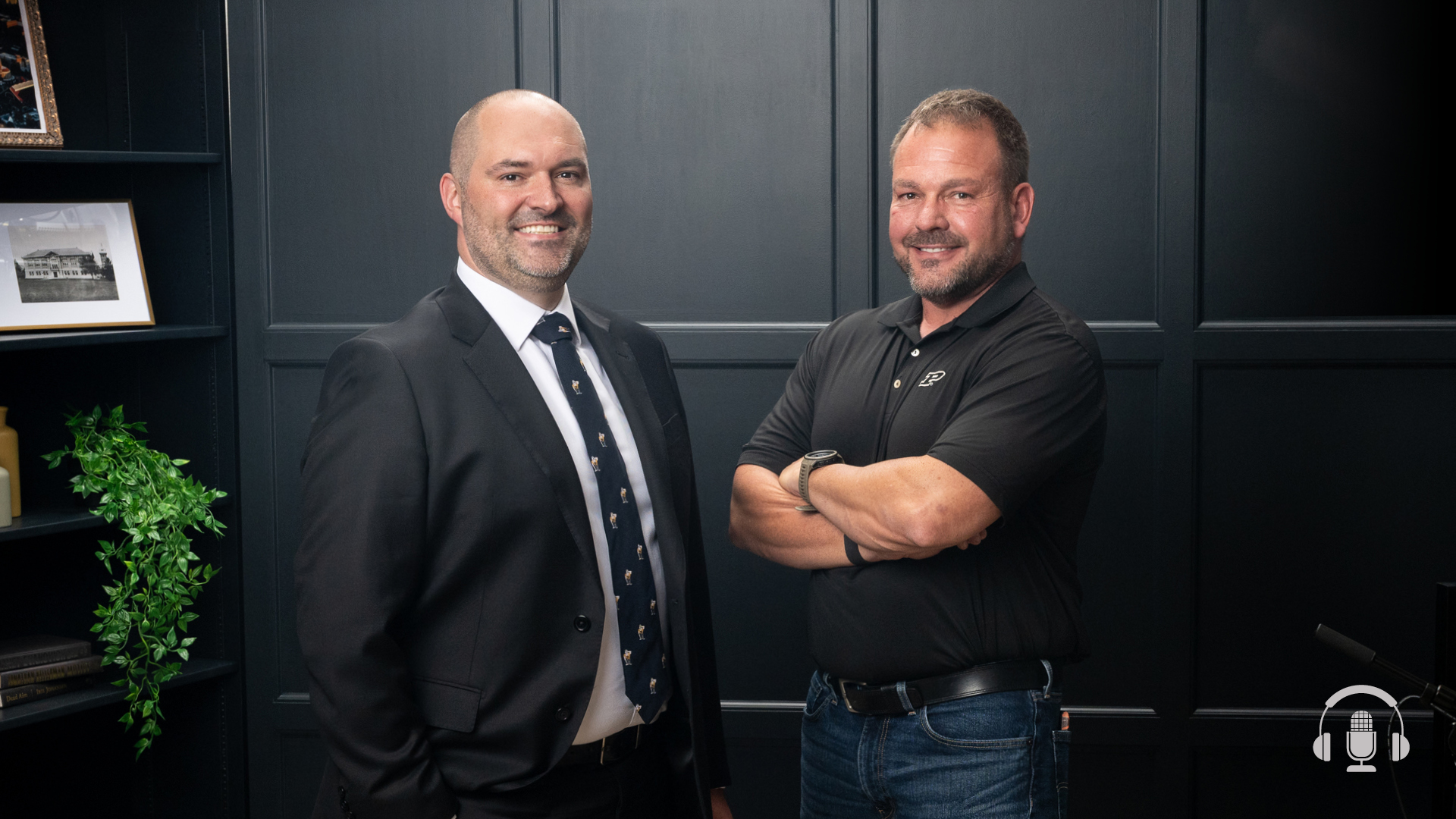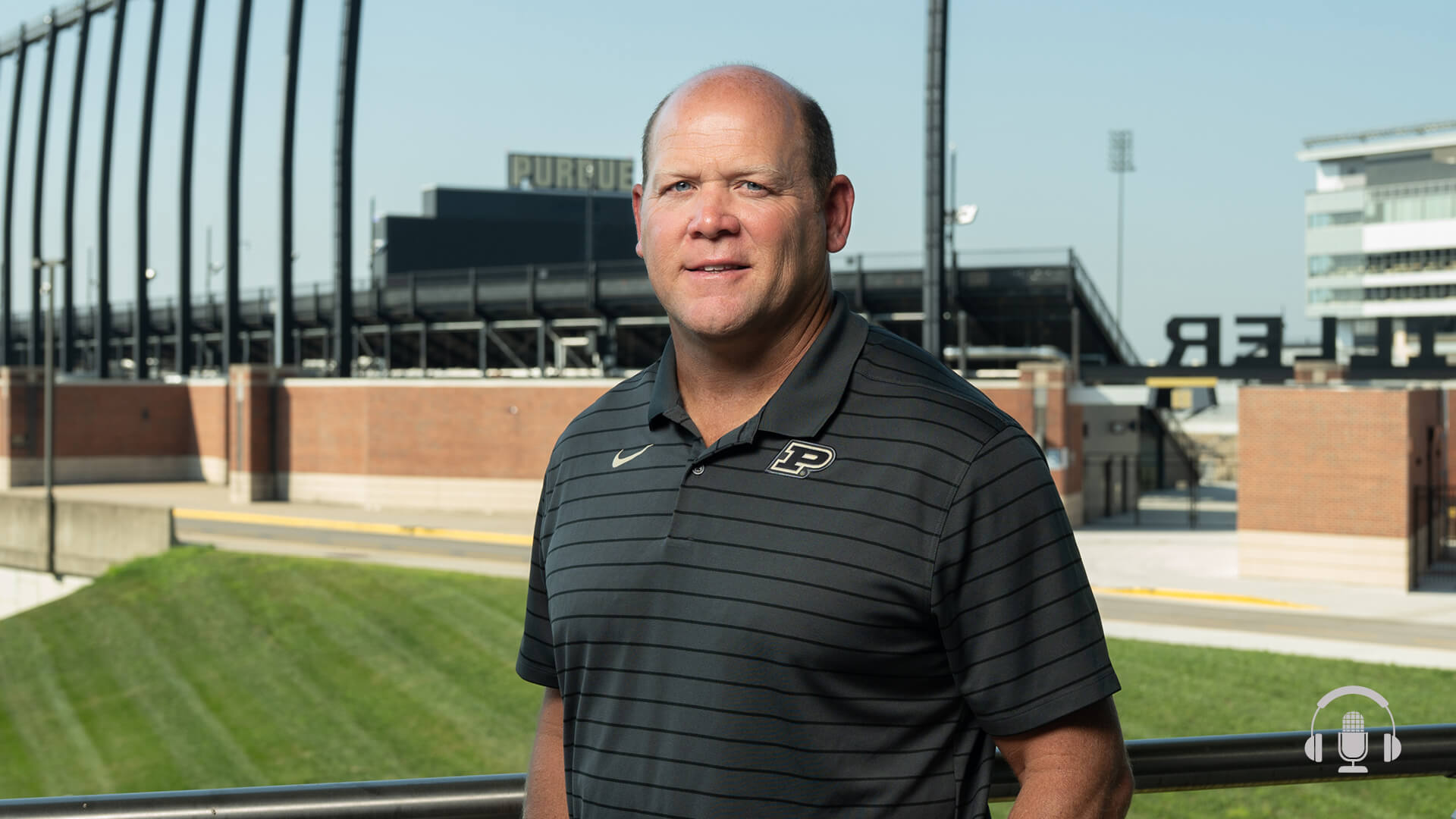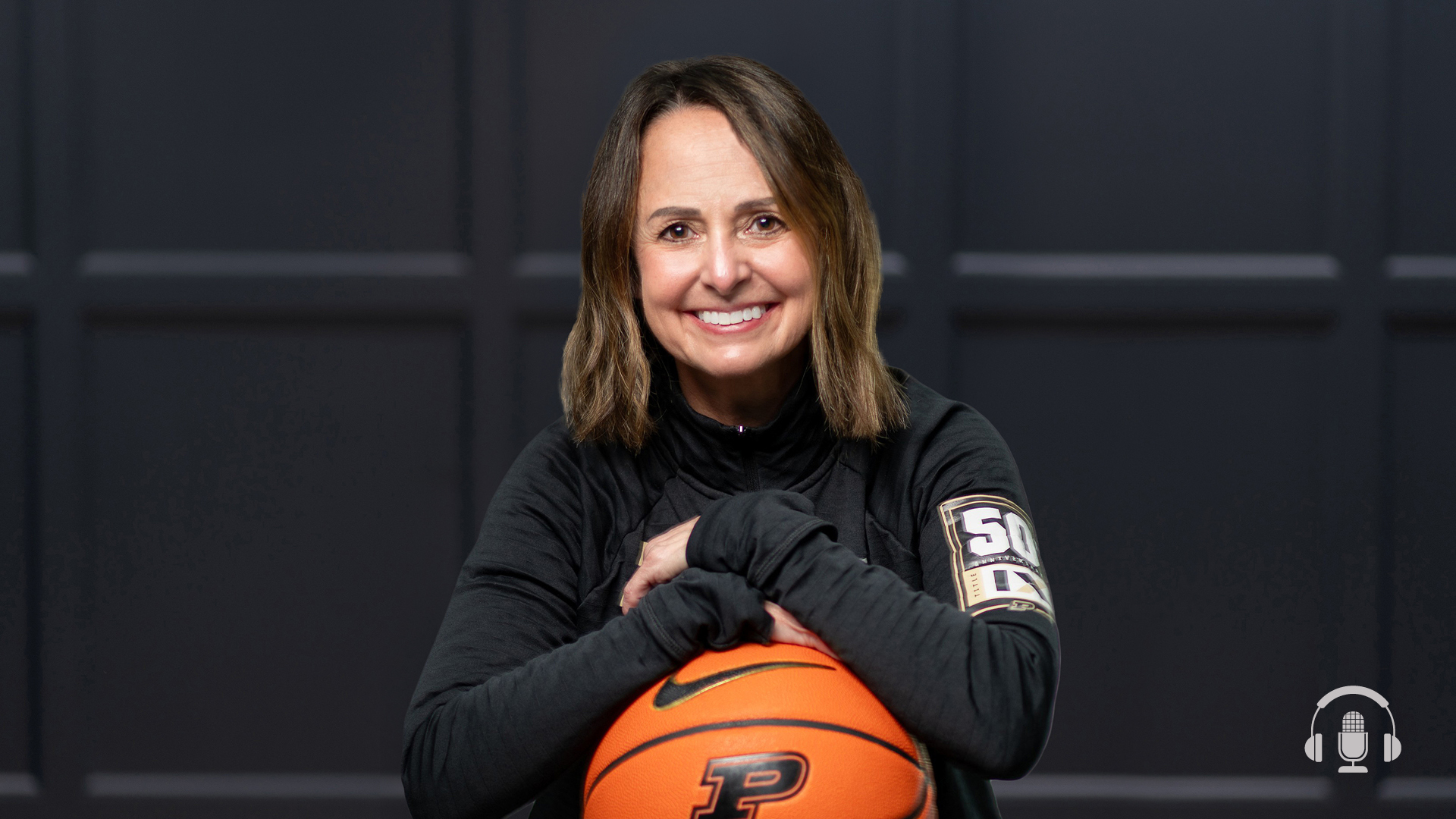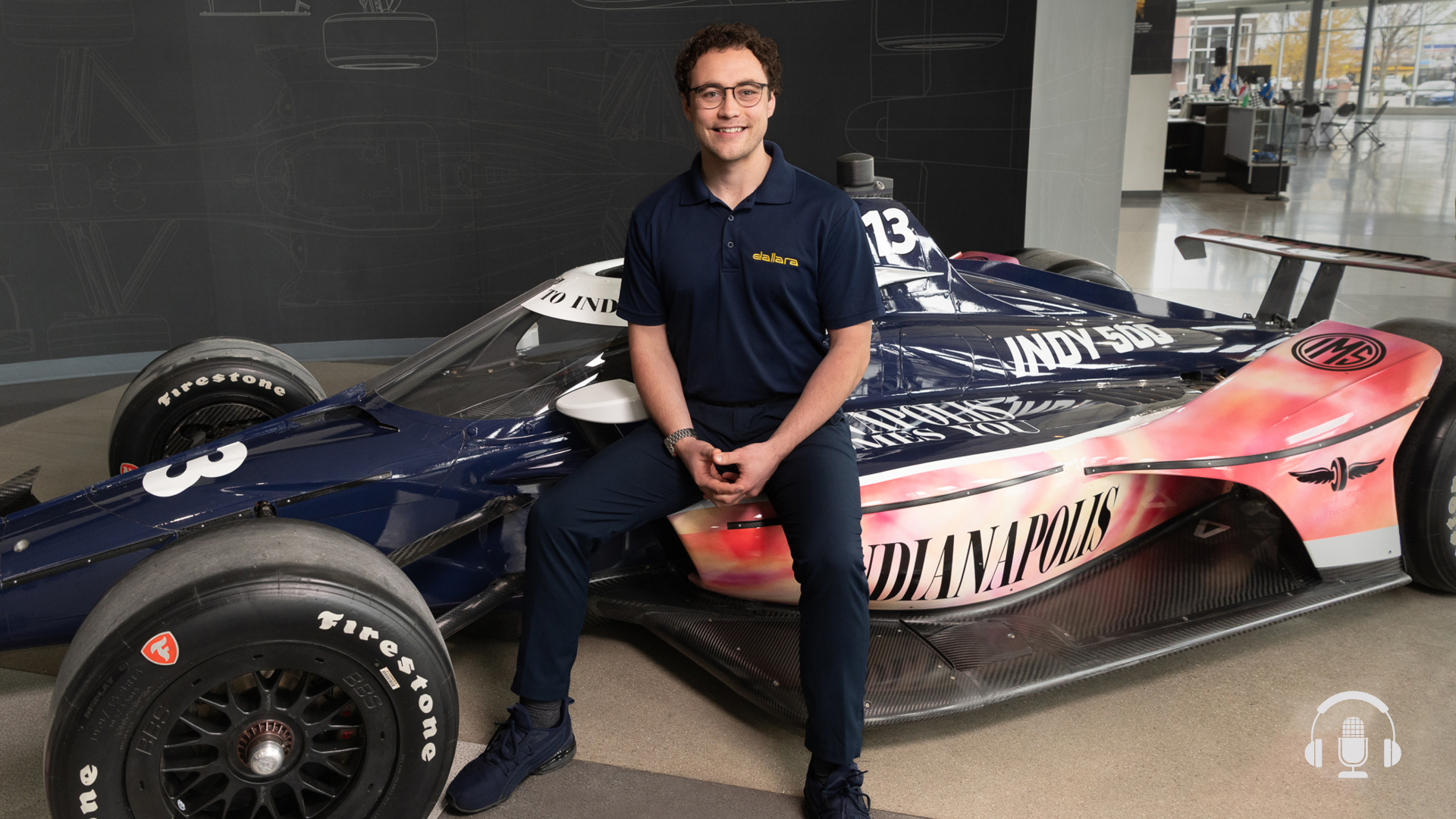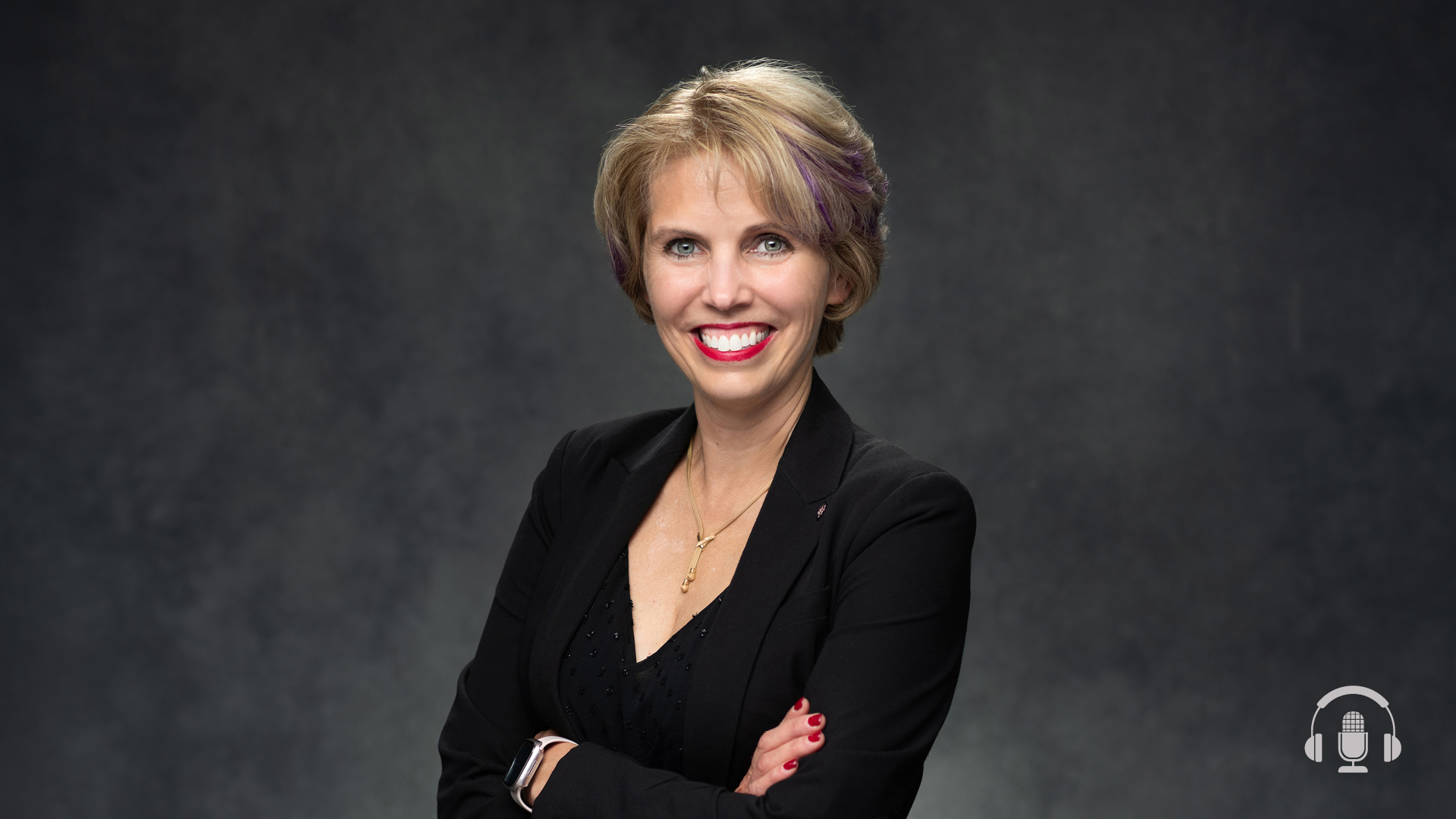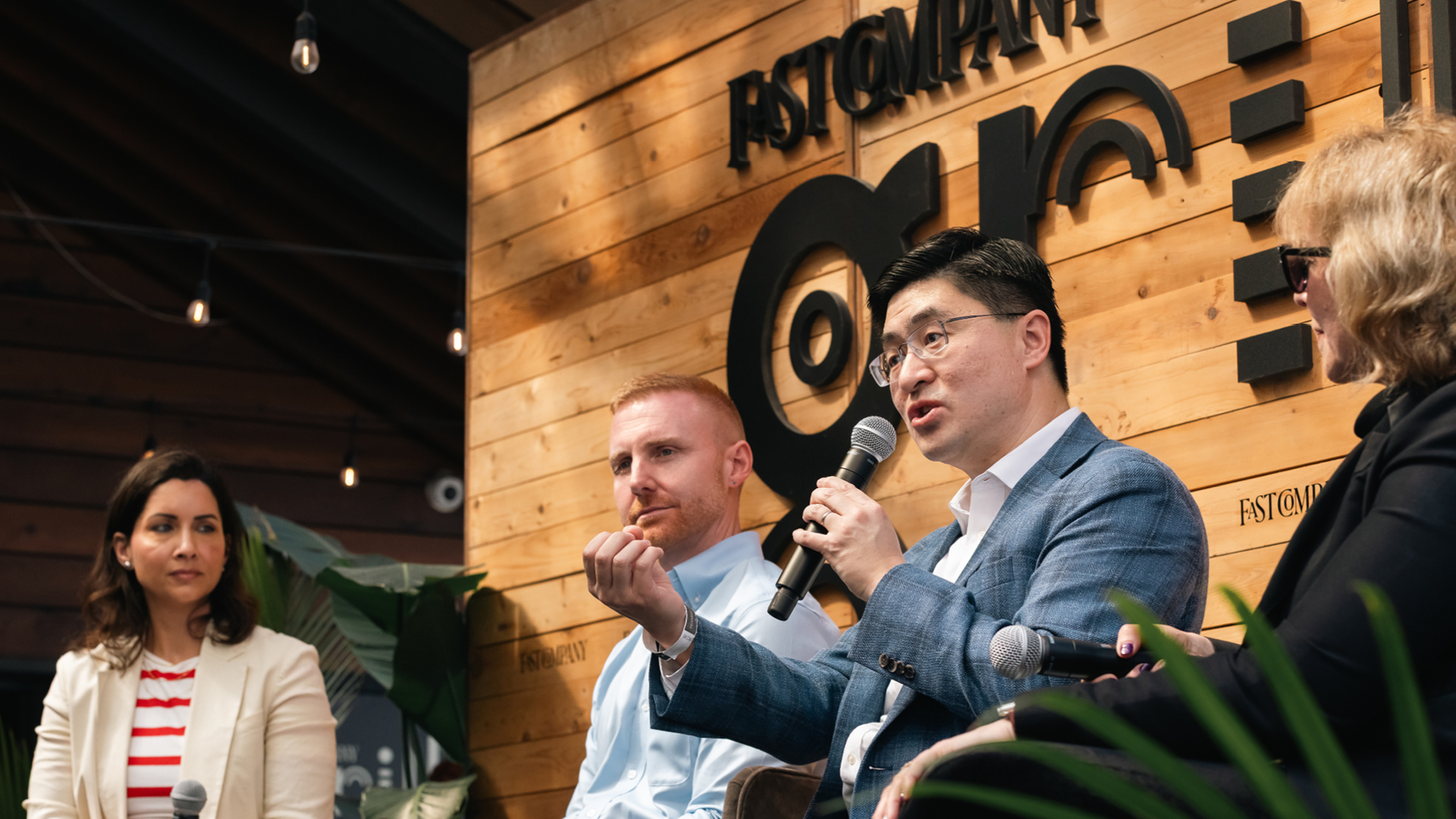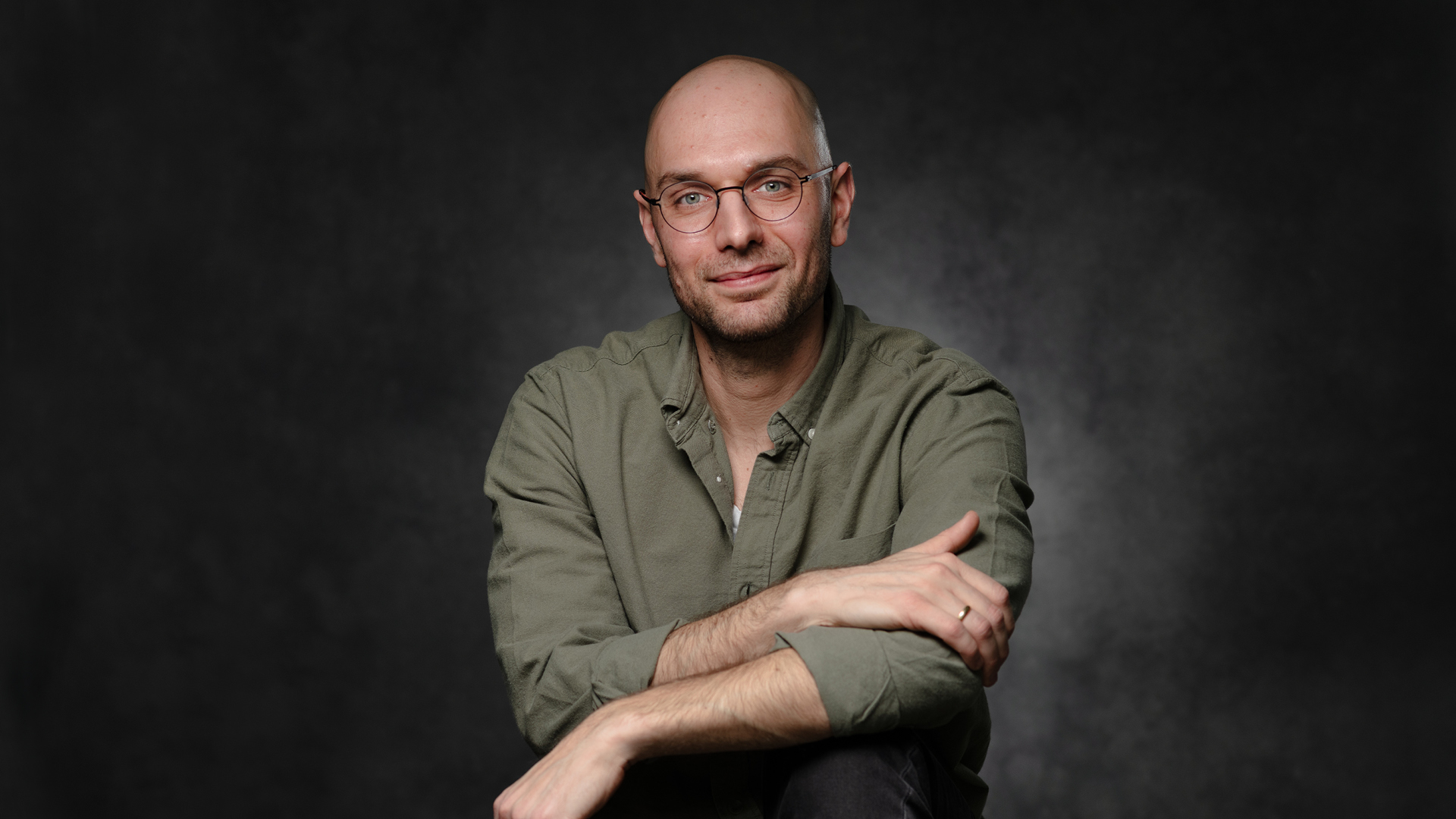Featured episode
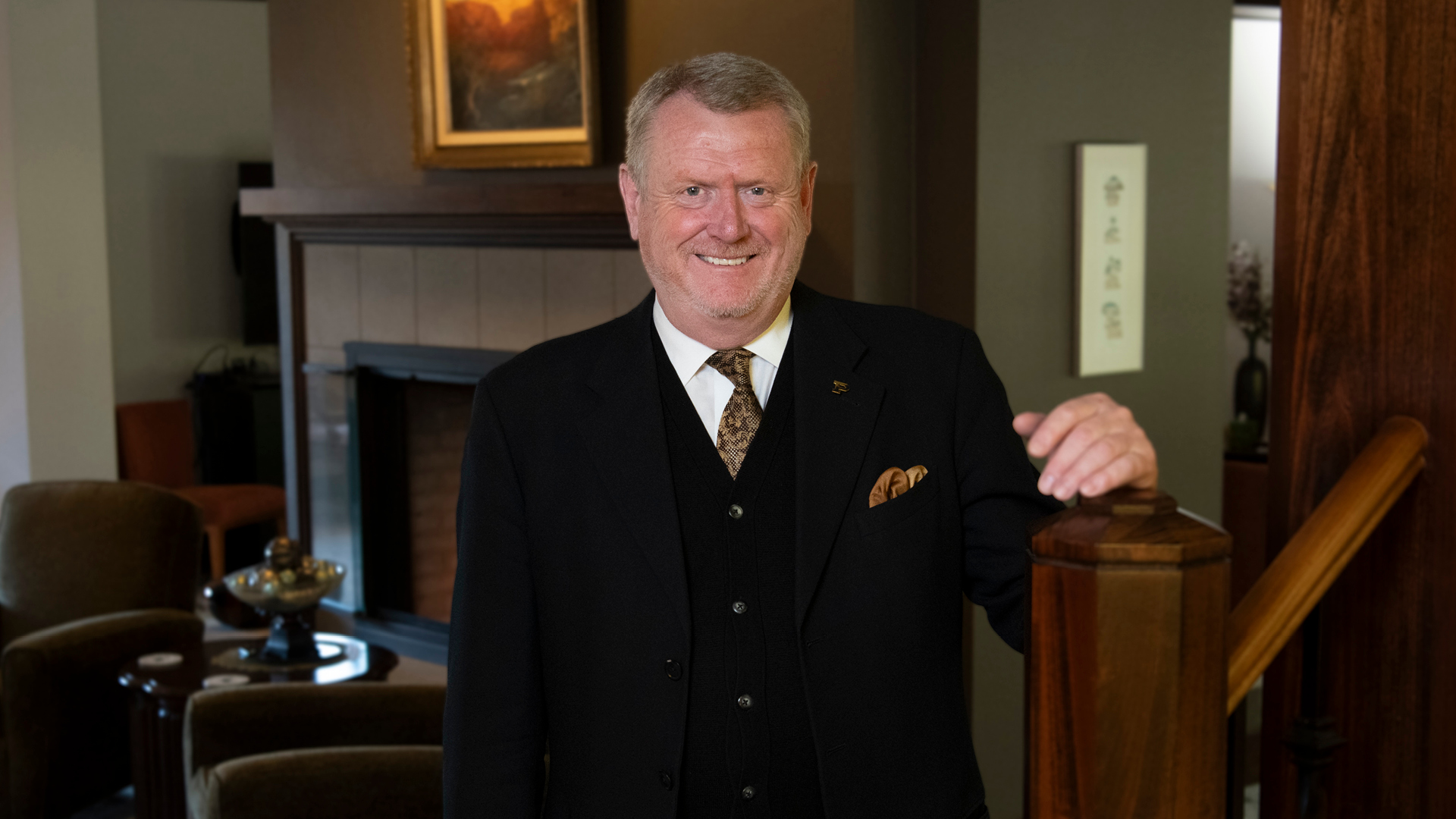
Podcast Ep. 139: Holiday Party and Job Interview Etiquette: The Complete Playbook
In this episode of “This Is Purdue,” we’re talking to Anthony Cawdron, Westwood event coordinator and estate manager, and adjunct hospitality and tourism management faculty member.
Westwood has been home to four Purdue University presidents and their families since it was donated to the university in 1971, and for the last 25 years, Anthony has been instrumental in the operations of what he calls the “front door to Purdue University.” He’s also an expert in all things etiquette.
This incredible conversation first aired last November, and since it’s one of our most popular episodes, we wanted to share it again as the holiday season approaches. Get ready to entertain your guests, crush that big job interview or impress at your next networking event after listening to this one!
